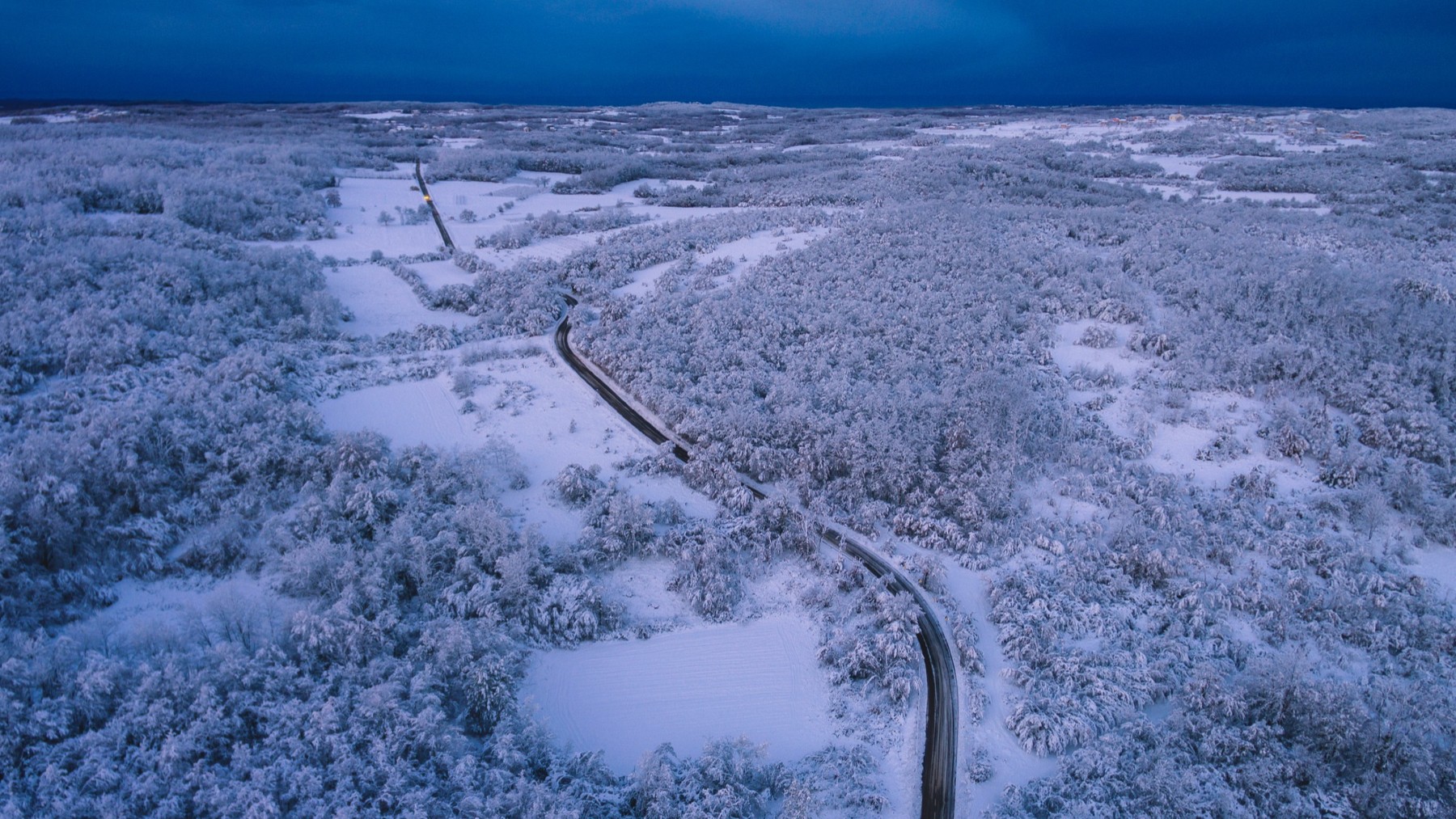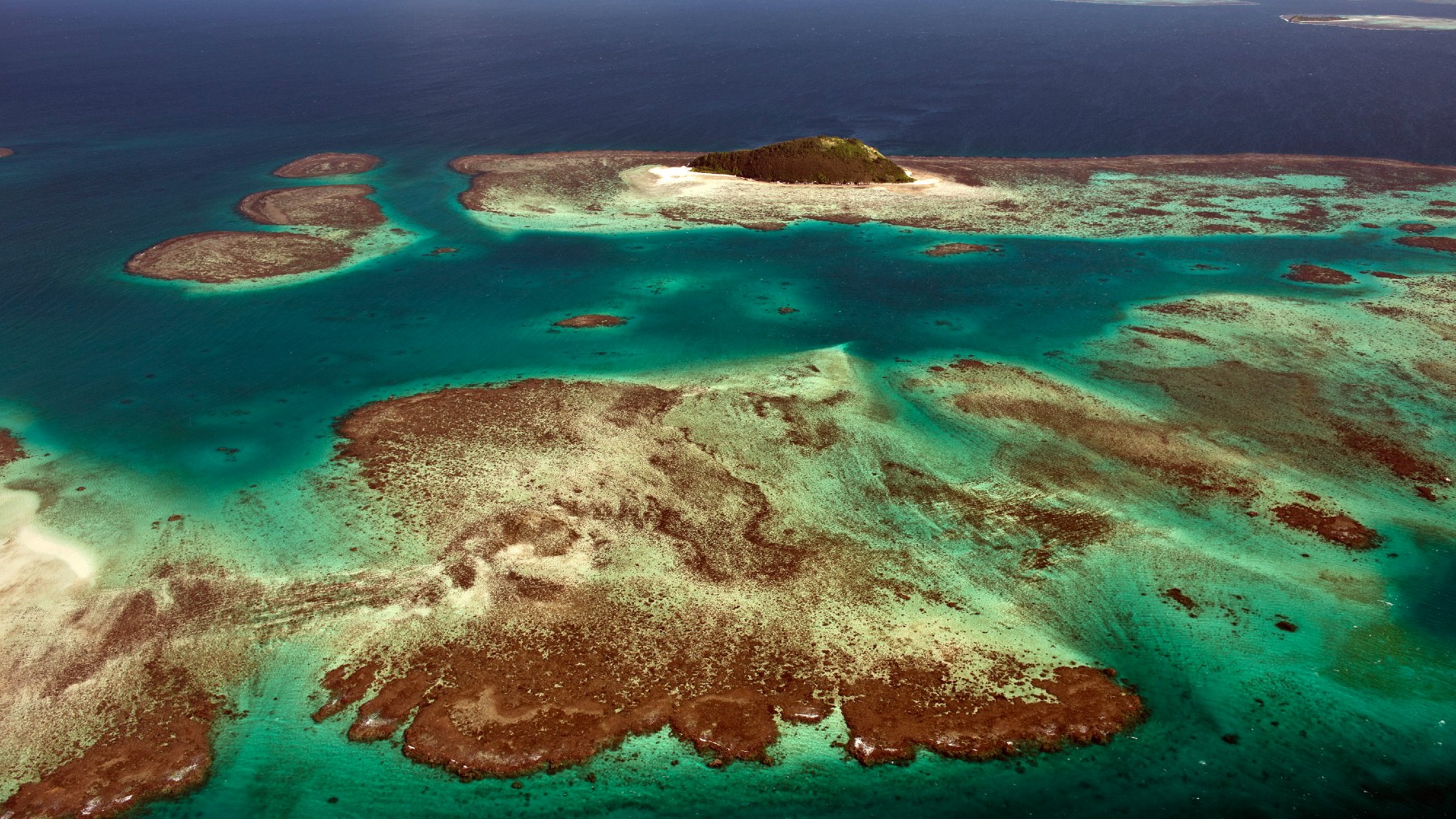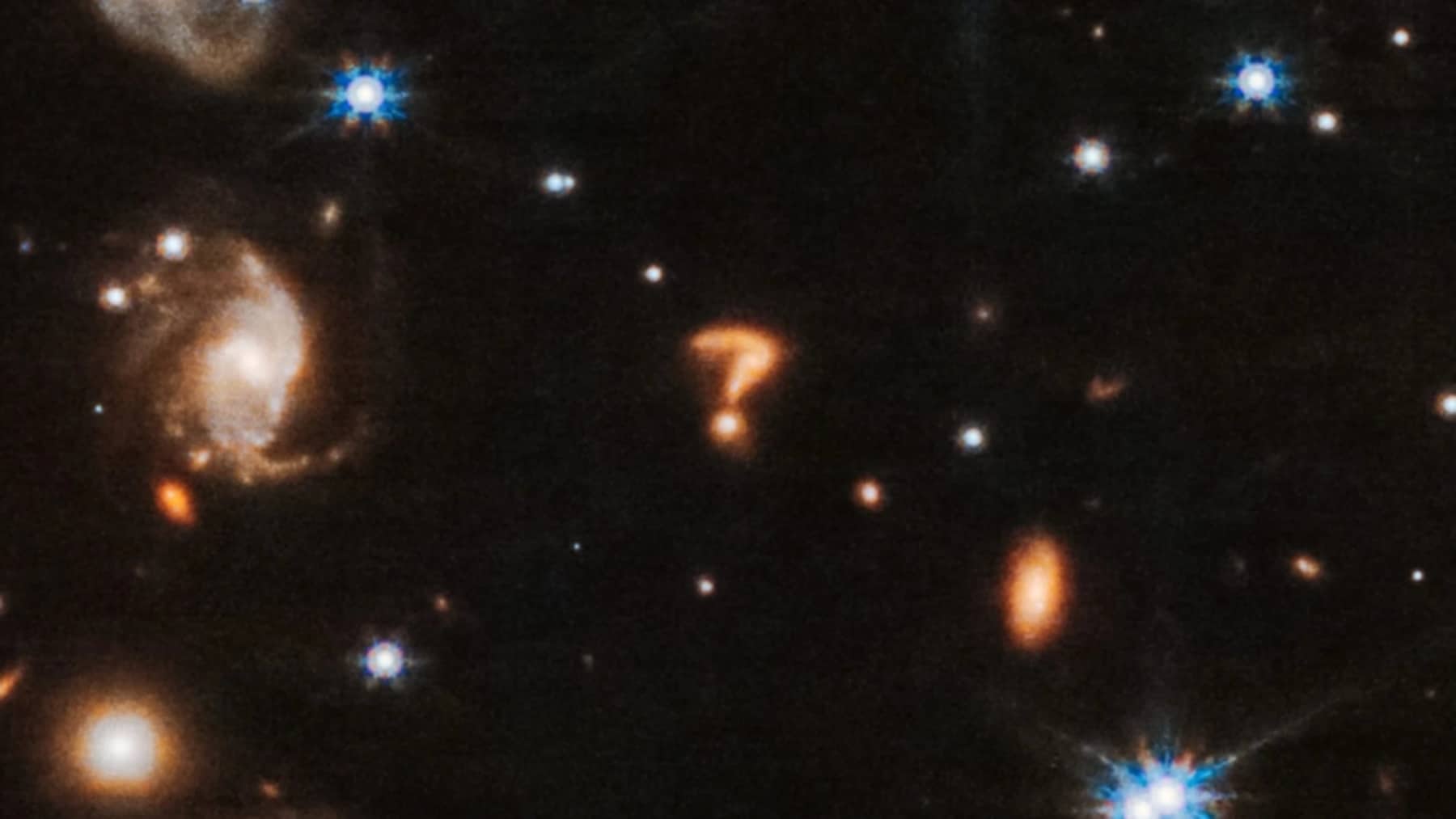Global warming has left us pictures on Earth that we would never want to see again, but others that remain anchored millions of years in the past. Just one of them has surprised us: this is how millions of people arrived in the United States, on an “ice highway” that traveled endless miles and allowed one of the largest migrations in living memory to take place.
Global warming (or cooling), a phenomenon that has been causing migrations for millennia
The human journey across the planet has always been profoundly shaped by climate. From the first migrations out of Africa to the age of exploration and beyond, the ebbs and flows of ice ages, warming periods, and extreme weather events have opened pathways for our ancestors while also erecting barriers.
Nowhere is this interplay between climate and human migration more evident than in the epic story of how the first people reached the Americas. Around 24,000 years ago, during the last ice age, a unique window opened for humanity, could you imagine that?
As immense glaciers locked up water around the globe, sea levels plummeted. Between northeast Asia and northwest North America, this revealed an exposed land bridge, today known as Beringia. The area provided a narrow ice highway into the New World.
Beringia, the strange bridge that united two countries that will never be like that again
Around 24,000 years ago during the last glacial maximum, the world was a much colder place. Massive ice sheets covered much of North America, and sea levels were over 400 feet lower than they are today. This allowed a land bridge called Beringia to connect far east Russia to Alaska.
However, Beringia was likely impassable to human migration at this time due to a massive ice sheet covering Canada and the northern United States. But new research shows that Native Americans were able to reach North America much earlier via an “ice highway” over the Bering Sea.
As the last ice age deepened, more of the Bering Sea froze over each winter. At its peak, an enormous frozen sea ice bridge extended for hundreds of miles from the Kamchatka Peninsula to Alaska. This ice bridge provided a pathway for the earliest human migrants to make their way on foot from Asia to North America.
The formation of the sea ice bridge was likely aided by fresh water pouring into the Arctic ocean from melting glaciers as well as cold katabatic winds blowing off of the massive Laurentide Ice Sheet over North America. This perfect combination of climate factors allowed the sea ice to grow thick enough over multiple years.
New study changes everything we thought: here’s what happened in the past
Recent studies have shed new light on the timeline of when the first people migrated to North America. For many years, the prevailing theory was that the first migration occurred around 13,000 years ago when an ice-free land corridor opened between Alaska and the rest of North America.
However, new evidence indicates that the first people arrived much earlier, possibly around 24,000 years ago. This new timeline is based on genetic analysis and archaeological finds that point to earlier migration. In 2021, researchers analyzed DNA from various Indigenous groups in North and South America.
This genetic analysis showed that a single founding population arrived in North America around 24,000 years ago, splitting into two major ancestral groups around 17,000 years ago. In addition, recent archaeological evidence found human artifacts in Chiquihuite Cave in Mexico dating back 25,000-30,000 years.
As you can see, this “ice highway” is a thing of the past, but it shows us something about the future of the United States. The planet is not the only one that has changed due to changes in weather patterns; so have the habits of humans, and even the places where we live. This is precisely what we are trying to avoid right now, and it never hurts to remember what has happened.















